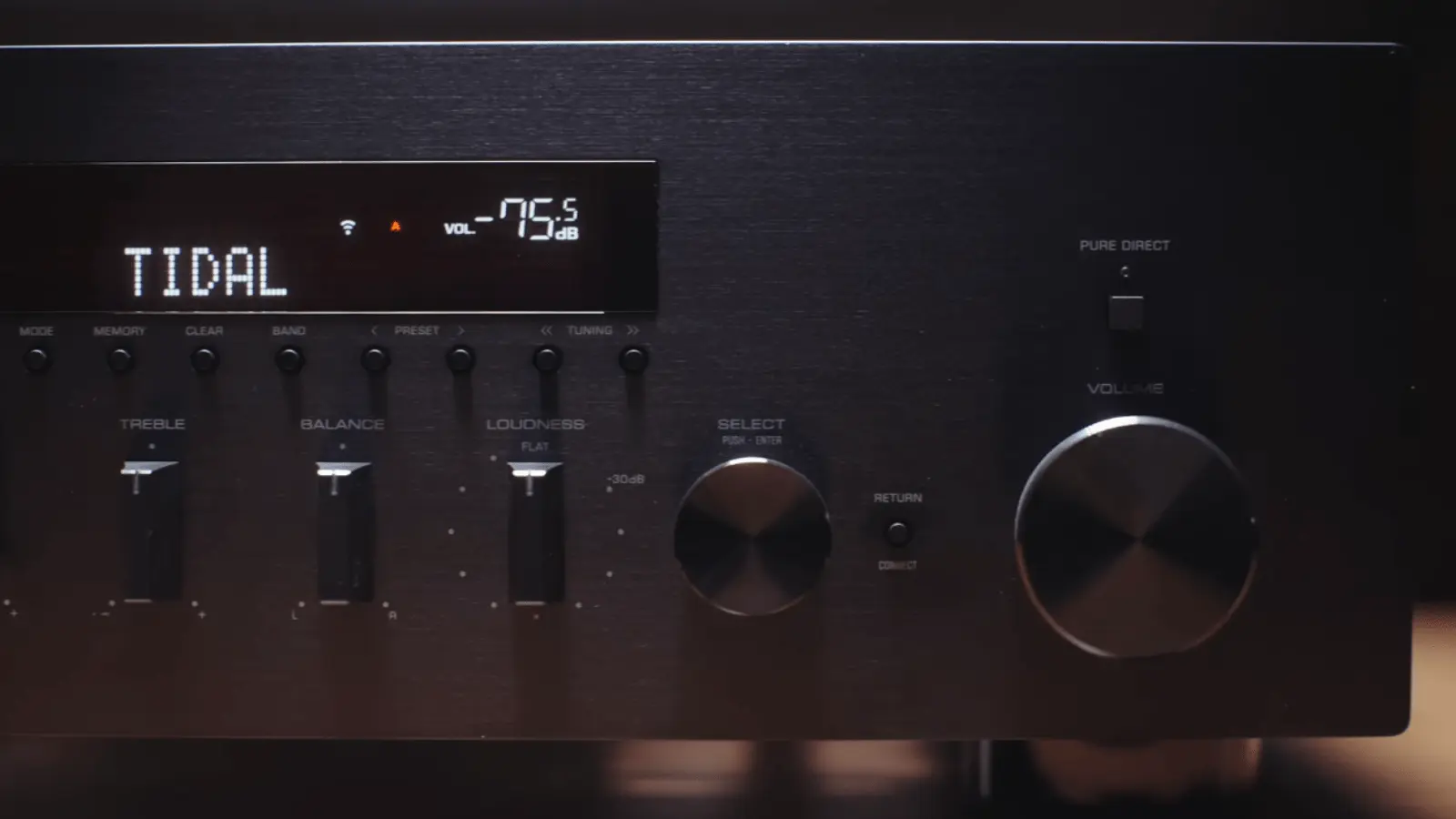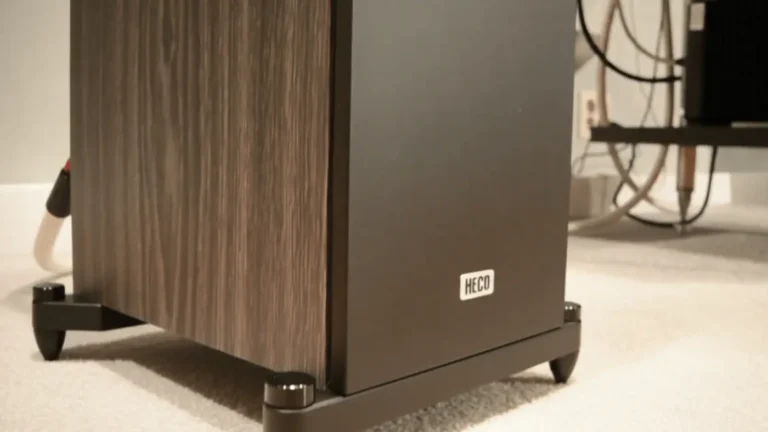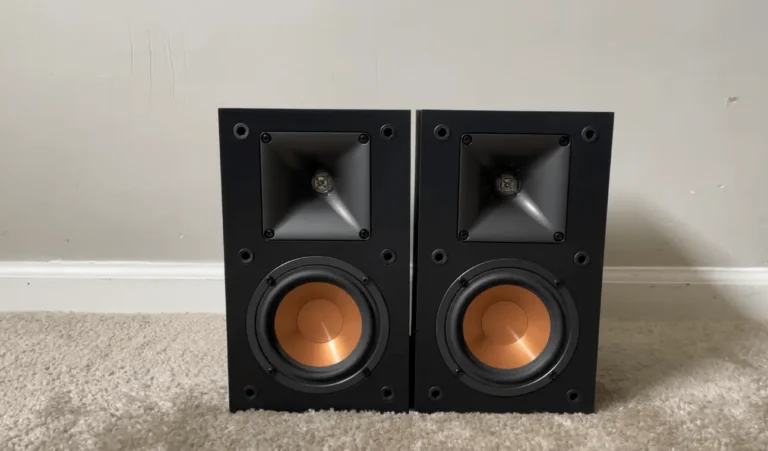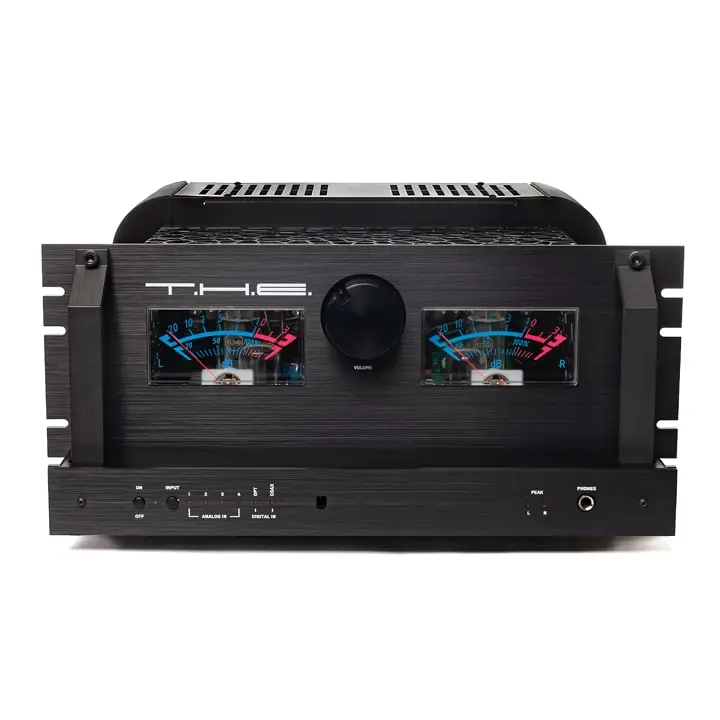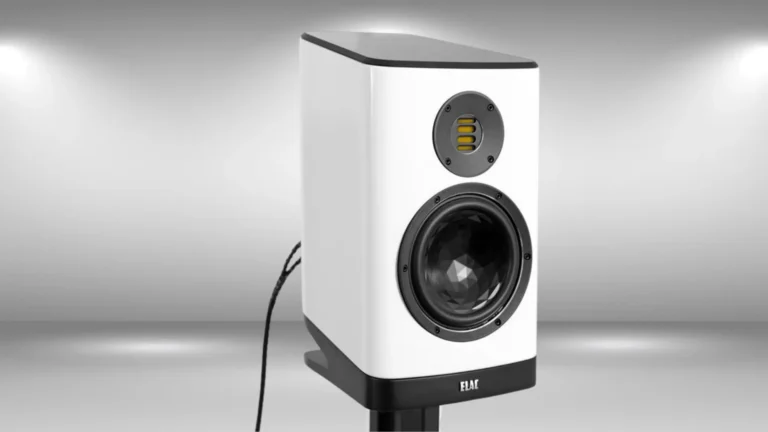Yamaha R-N600A Review: Why This Yamaha Amplifier Redefines Affordable Hi-Fi
When the Company announced the Yamaha R-N600A in September 2023, it completed a remarkable lineup of modern streaming amplifiers following the flagship R-N2000A, the refined R-N1000A, and the balanced R-N800A. Now, the R-N600A steps in as the most affordable model in the range, designed for listeners who crave Yamaha’s signature musical warmth without paying flagship prices. Priced around €800, this integrated network receiver aims to deliver the soul of Yamaha’s hi-fi heritage to a new generation of listeners.
As someone who has long admired Yamaha’s craftsmanship, and after struggling with a few temperamental vintage receivers, I decided to give the R-N600A a real test in my main setup. What I found is that it’s not just a value-packed amplifier; it’s a thoughtful blend of old-school analog feel and modern digital convenience.
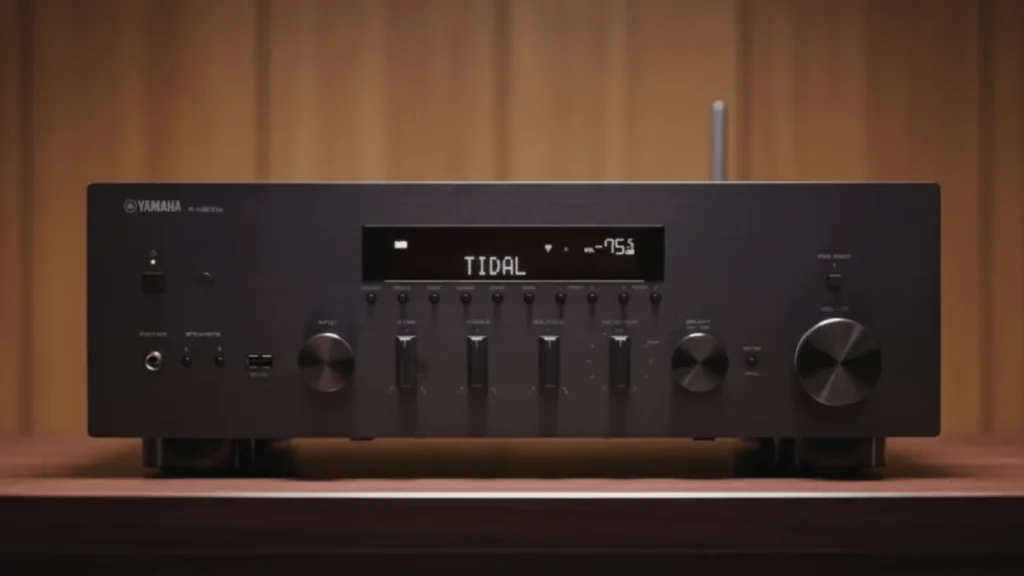
Design And Build Quality
Right out of the box, the Yamaha R-N600A feels unmistakably Yamaha. Available in black or silver, its brushed aluminum faceplate and symmetrical layout evoke classic Yamaha amplifiers from the ’70s and ’80s. The tactile knobs, EQ dials, and “Pure Direct” button make it both nostalgic and intuitive to use.
At 9.8 kg, it’s solid and stable, with Yamaha’s proprietary “Art Base” chassis — a vibration-damping structure that ensures minimal resonance. The design may appear minimalist, but every detail has been carefully considered to blend tradition with function.
The back panel is refreshingly straightforward:
- 4 analog RCA inputs (including a phono stage for MM cartridges)
- 2 analog outputs (perfect for tape loops or external recording)
- Optical and coaxial digital inputs
- Subwoofer output for 2.1 setups
- AM/FM antenna terminals
- A/B speaker terminals supporting banana plugs
There’s even a 6.3mm headphone jack for private listening. While some might lament the lack of rear power outlets, it’s clear Yamaha designed this amp for efficiency and reliability rather than nostalgia gimmicks.
Streaming and Connectivity
Yamaha didn’t just make theYamaha R-N600A analog-friendly; it’s also a capable network streaming amplifier. Through Yamaha’s MusicCast platform, you can access Spotify, Tidal, Amazon Music, Qobuz, and internet radio. It supports AirPlay 2, Bluetooth 4.2, Wi-Fi, and Ethernet, making it compatible with just about every device and ecosystem.
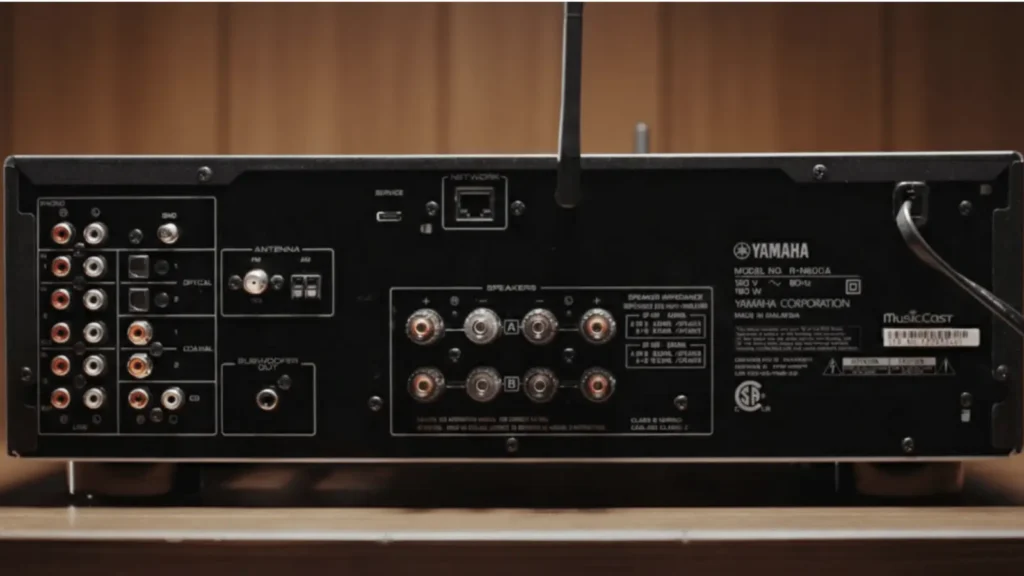
Using the MusicCast Controller app, managing sources is a breeze. You can also stream high-resolution files via USB (Type-A) from flash drives, supporting up to 32-bit/384kHz PCM and DSD 11.2 MHz. For those who prefer simplicity, Bluetooth playback works flawlessly, and there’s even a Pure Direct mode to shut off the display and unnecessary circuits for cleaner sound.
Engineering
Despite being Yamaha’s “entry-level” network amplifier, the Yamaha R-N600A borrows heavily from its high-end siblings. It uses an ESS ES9010K2M 32-bit DAC, capable of decoding ultra-high-resolution formats with exceptional precision.
Power output is rated at 80W per channel (8 ohms) more than enough to drive most bookshelf or floor-standing speakers. Inside, Yamaha’s ToP-ART (Total Purity Audio Reproduction Technology) layout minimizes signal paths for cleaner audio reproduction.
The power section features a large EI transformer and a discrete single push-pull output stage, separating the analog and digital power supplies to reduce interference. Combined, these features ensure that even at high volumes, the R-N600A remains composed, dynamic, and free from distortion.
Sound Quality
So, for my listening tests, I hooked up the Yamaha R-N600A to a pair of Klipsch RF-7III floorstanding speakers. It was a really lively and detailed combo that showed off the amp’s true character.
I started with one of those classic audiophile favorites, like “Hotel California” by the Eagles. Right away, I noticed the guitar notes in the upper registers were fluid and clear, while the kick drum had this really satisfying weight to it. The whole sound had a warm, rich feel to it, which is a signature Yamaha thing. This amp might not be the absolute clearest on the market, but it’s just so musical and easy to listen to.
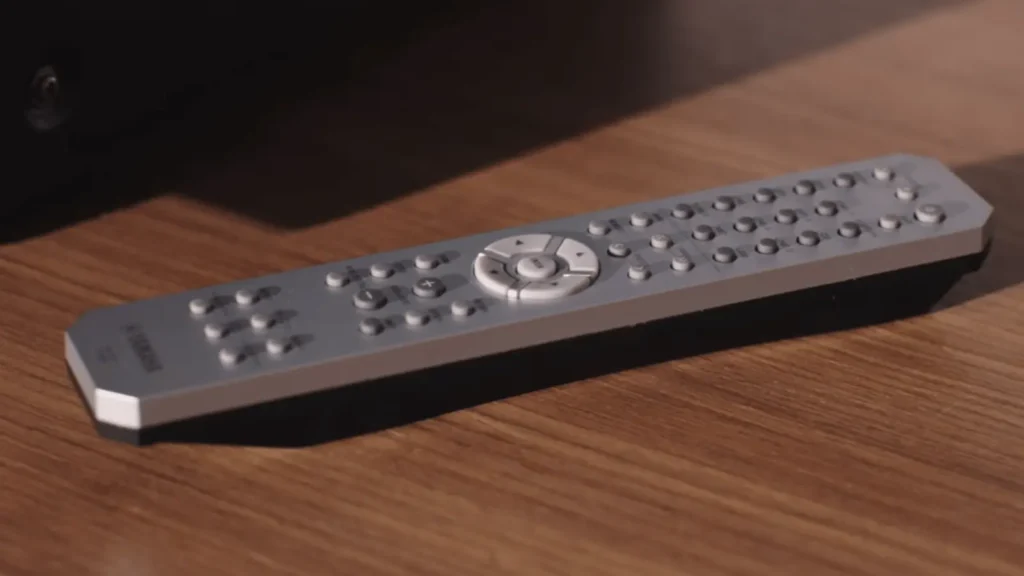
Then I switched to something like “So What” by Miles Davis. The trumpet tone was full and expressive, never getting sharp or harsh. The amp’s relaxed sound gave the whole track a cool, vintage vibe that reminded me of old-school tube amplifiers. Even the stand-up bass had a nice presence, though it wasn’t quite as tight as you’d hear on more expensive gear.
Finally, I put on a big orchestral piece, like “The Four Seasons” by Vivaldi. The soundstage just opened up, spreading the music across the room with a real sense of space. You could clearly pick out the different string sections, while the lead violins still sounded sweet and detailed.
If I had to sum up the R-N600A’s personality, I’d say it’s smooth, rich, and forgiving. You can listen to it for hours and hours without your ears getting tired, which is something you definitely can’t say about every modern amplifier out there.
If I had to describe the R-N600A’s character in a few words, smooth, rich, and forgiving. It delivers long listening sessions without fatigue, something not every modern amplifier can claim.
Conclusion:
The Yamaha R-N600A shows you don’t have to spend a ton of money to get an amplifier that just sounds great. It’s not trying to be the most clinical or perfect piece of gear out there—instead, it’s all about that warm, connected, and timeless musicality.
If you’re just getting into good-sounding audio, or if you love that classic vintage sound but want modern features, this amp is pretty much perfect. It looks the part with its retro style, it’s super flexible with all its inputs, and it has built-in streaming for services like Spotify.
Basically, if you’ve ever wanted a single receiver that can handle your old record player and your new streaming habits, this is the one that brings it all together.
Pros And Cons
Pros
- Warm, engaging sound with smooth mids
- Excellent build quality and vintage aesthetic
- Generous analog and digital inputs
- Superb network and streaming options
- Easy operation and great reliability
Cons
- No HDMI ARC or rear AC outlets
- Slightly soft bass control compared to higher-end models
Yamaha R-N600A Specifications
| Feature | Specification |
|---|---|
| Type | Integrated Network Amplifier |
| Power Output | 80W + 80W (8Ω, 20Hz–20kHz, 0.7% THD) |
| DAC | ESS ES9010K2M 32-bit |
| Supported Formats | PCM 32-bit/384kHz, DSD 11.2MHz |
| Analog Inputs | 4 × RCA (incl. Phono MM) |
| Analog Outputs | 2 × RCA |
| Digital Inputs | 2 × Optical, 2 × Coaxial |
| Other Connections | Sub Out, USB (Type-A), Ethernet, Wi-Fi, Bluetooth |
| Streaming Services | Spotify, Tidal, Amazon Music, Qobuz, AirPlay 2, Internet Radio |
| Signal-to-Noise Ratio | 100dB (CD input) |
| Dimensions | 435 × 151 × 392 mm |
| Weight | 9.8 kg |

